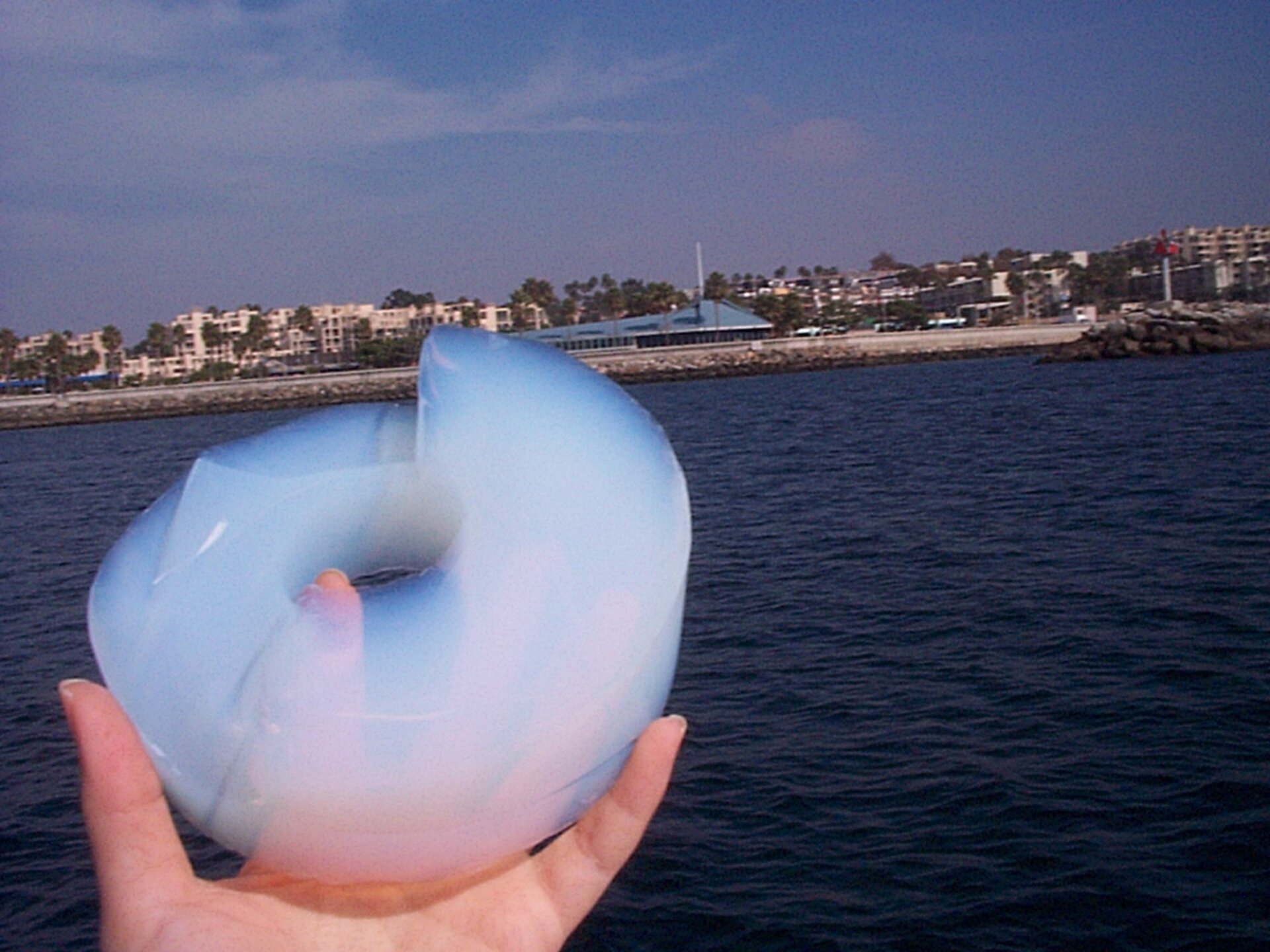Assembling Aerogels for space
Aerogels can be particularly useful for thermal insulation in extreme low-temperature and low pressure environments, such as Mars. Active Aerogels in Portugal, wanted to build an aerogel that had very low thermal conductivity properties, flexibility and yet was still cost-effective.
Aerogels – ultralight, translucent gels, made of gas instead of liquid that look and feel similar to Styrofoam – are highly sought after for both their thermal insulation properties and for their ability to absorb molecules from the atmosphere, such as pollutants.
But the high costs of manufacturing such materials, alongside their fragility, means they are not widely used. A recently-completed activity with the Technology Development Element (TDE) hoped to solve this, making aerogels better placed for space applications and, in turn, improving their use on Earth.
In space, aerogels can be particularly useful for thermal insulation in extreme low-temperature and low pressure environments, such as Mars.
The activity, with Active Aerogels in Portugal, wanted to build an aerogel that had very low thermal conductivity properties and absolutely no particles shedding from the gel, while trying to maintain the material’s flexibility. They used three different technologies both on their own and in combination to produce different aerogels they hoped would meet these properties.
For the first technology, a silica aerogel was synthesised with Tetraethyl orthosilicate and the surface modified to avoid the beads or panels from shrinking during the drying stage. The second technology instead used methyltrimethoxysilane and then the surface tension was chemically altered to control the size of the gel’s pores. For the final technology an additional processing step was added prior to the first and second technology.
The first two technologies produced both panels and beads of aerogel, while adding the third pre-processing step produced panels only. The aerogels produced underwent extensive environmental testing, including inspection of their structure, flammability, thermal cycling, outgassing and humidity tests.
The aerogel produced by the first technology was found to be most suitable for any application – either space or terrestrial – regardless of whether it was in bead or panel form. The extensive thermal-mechanical testing sequence proved the aerogel produced with the first technology would be able to withstand any of the conditions encountered in a planetary mission and that the aerogel would be very suitable for use on Mars and in cryogenic tank insulation
Next the activity hopes to investigate the three techniques further, adjusting the surface treatments of the gels or recycling the different agents in the manufacturing process to make it a more green process.
T724-408QT was closed at the end of 2019.


